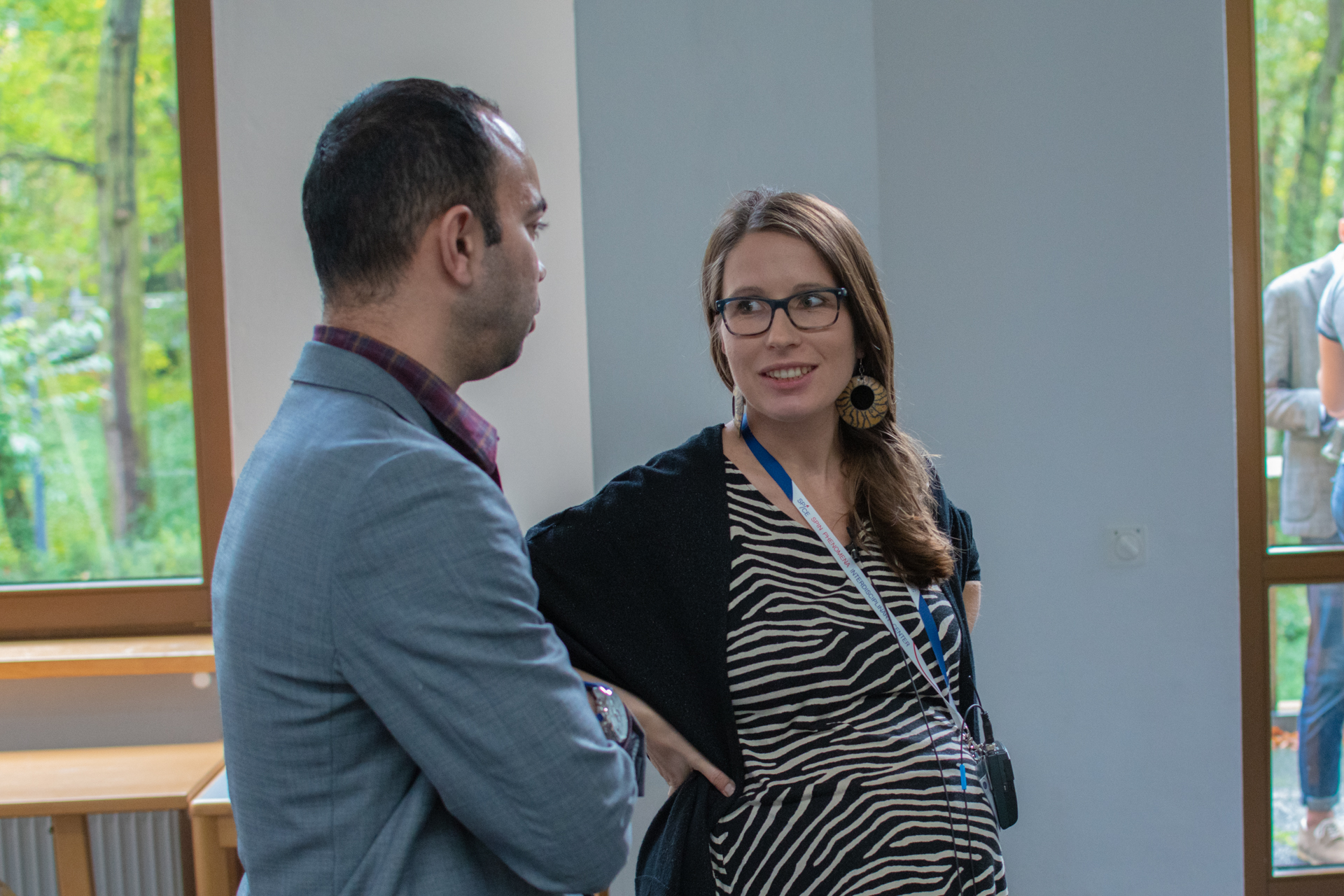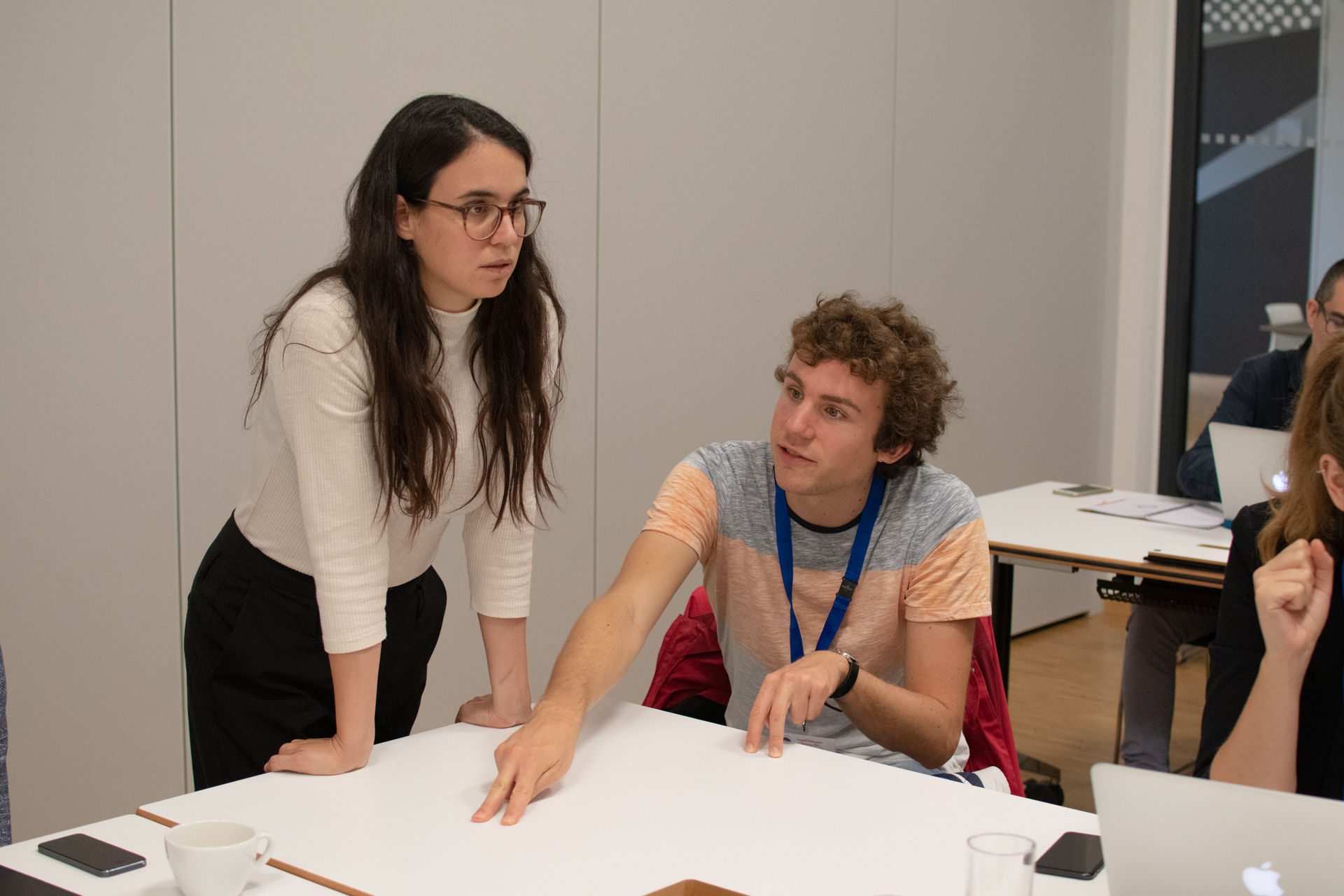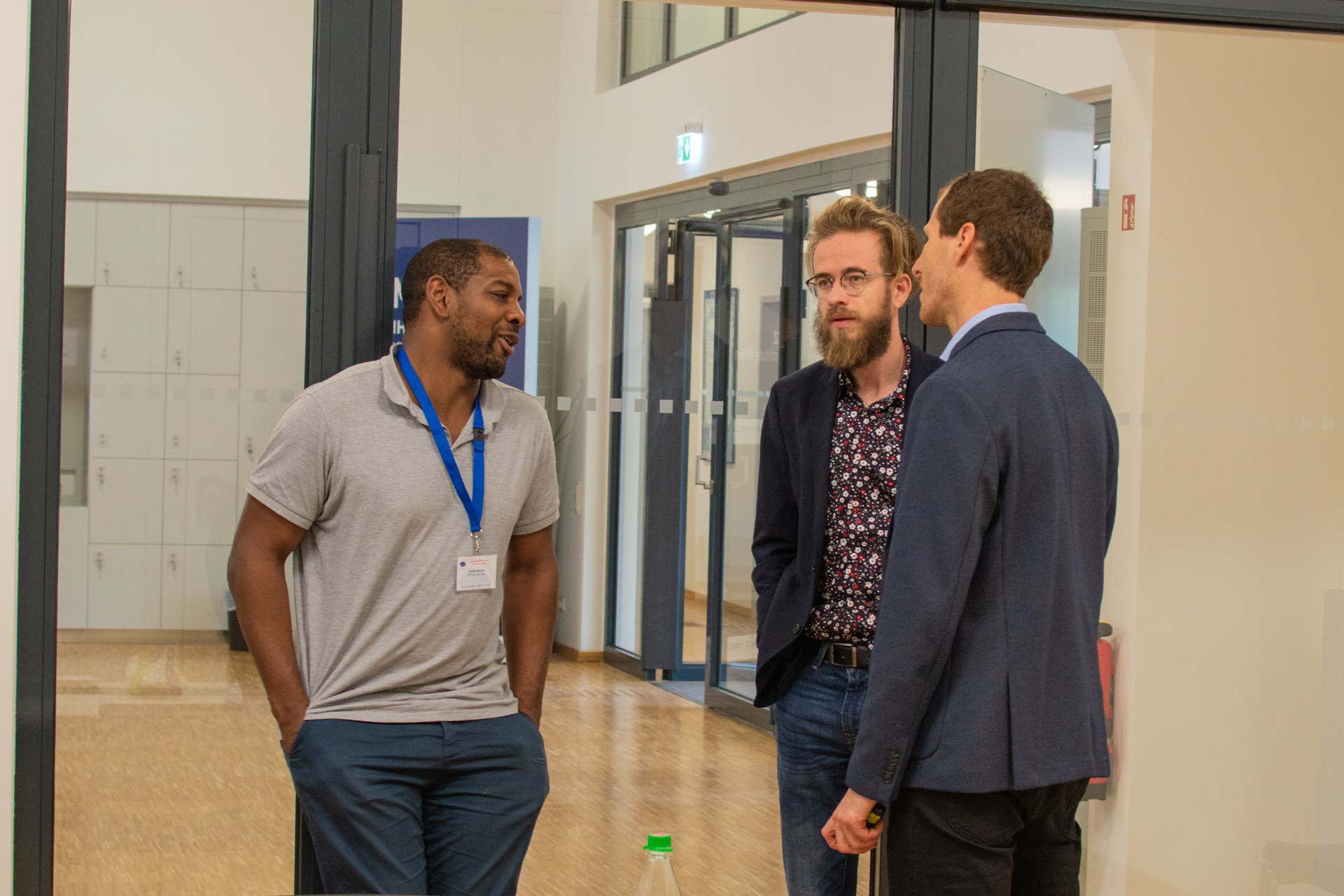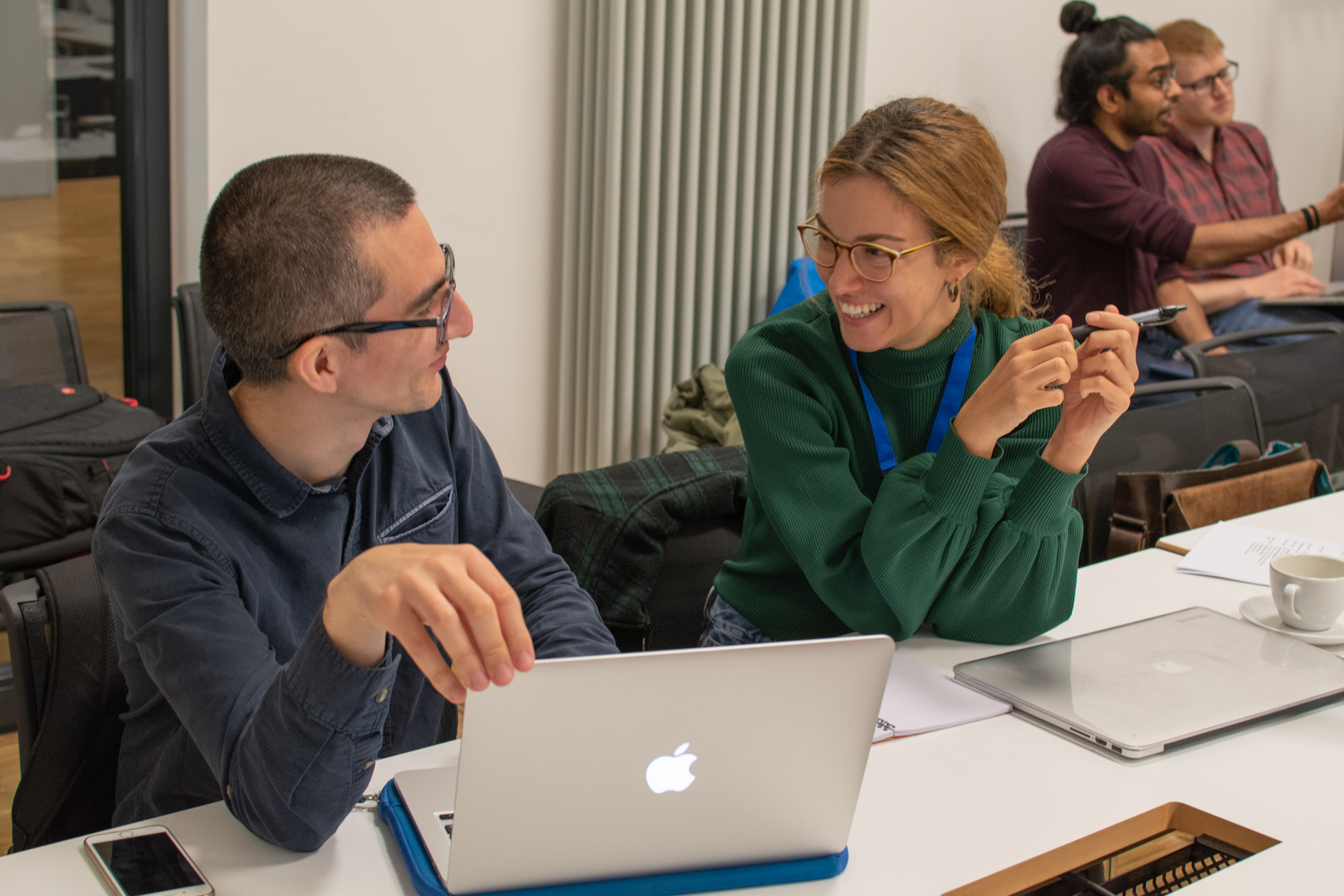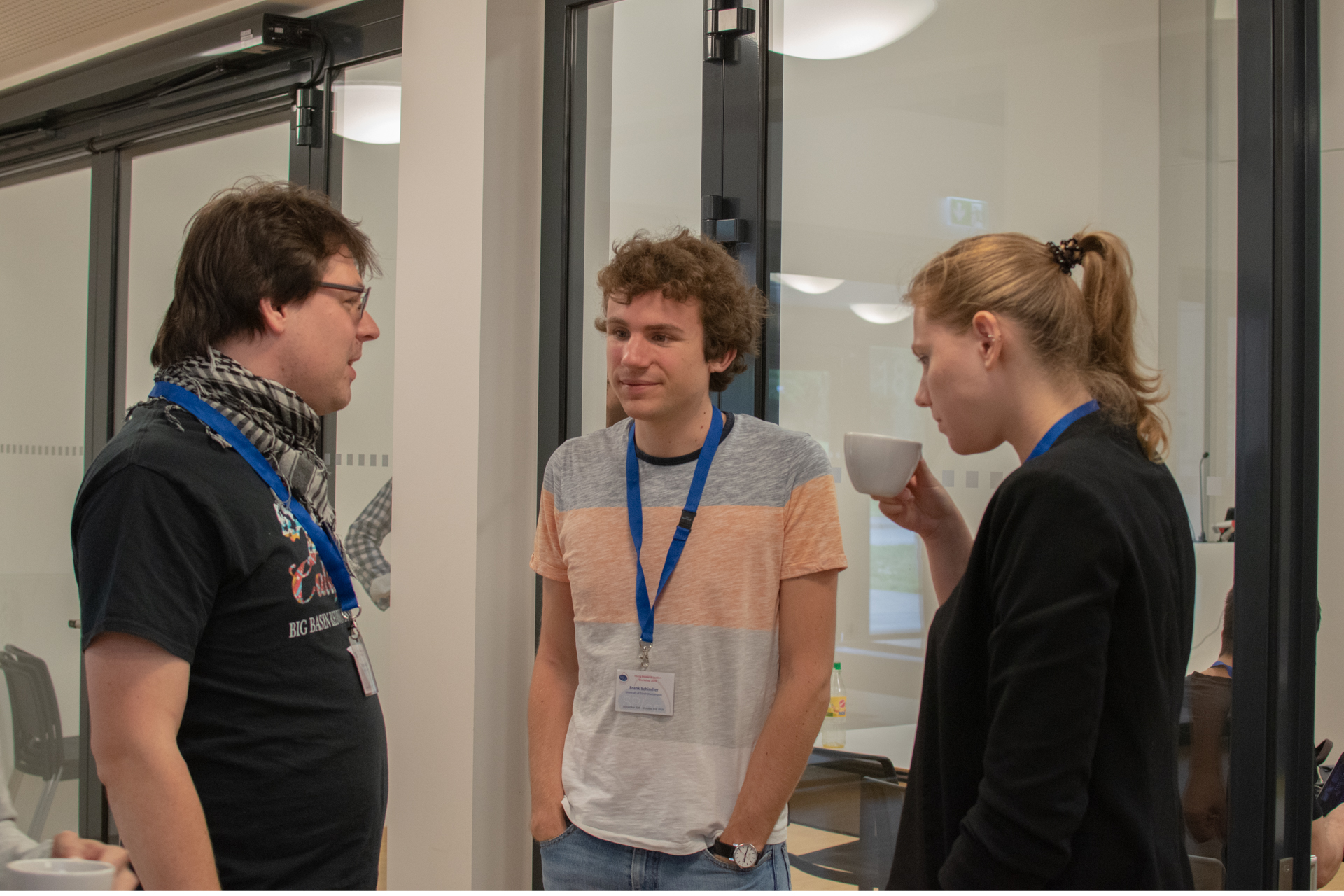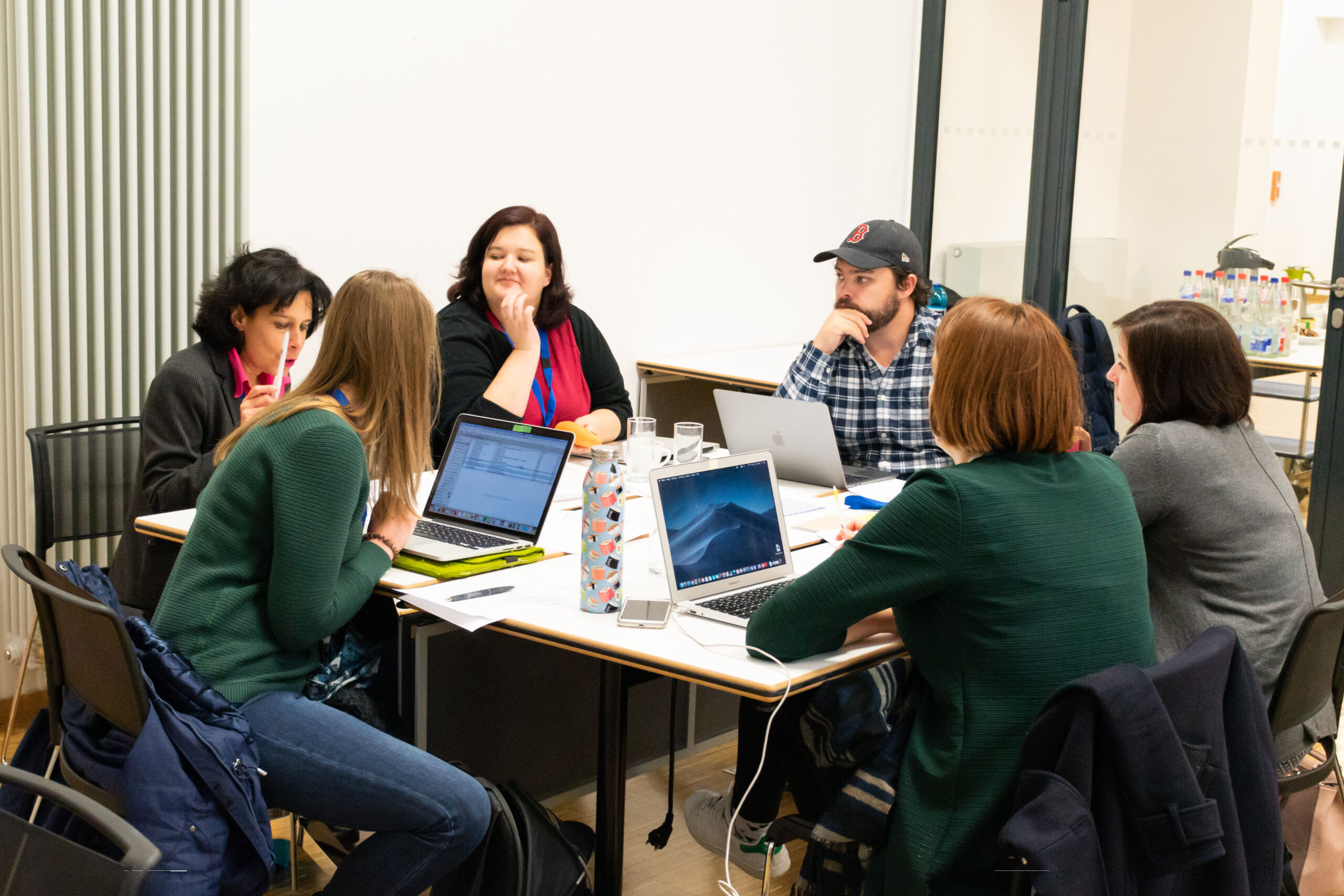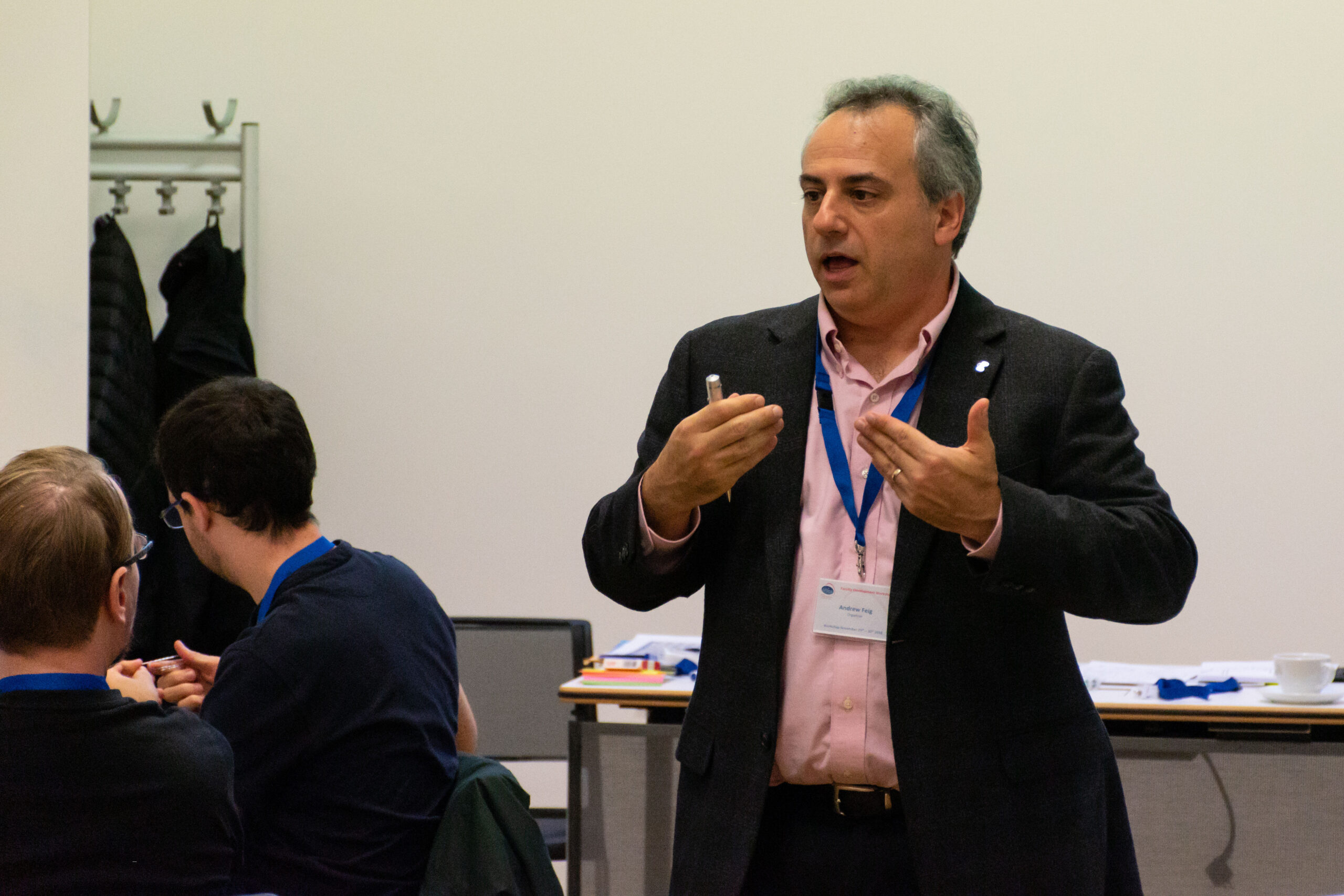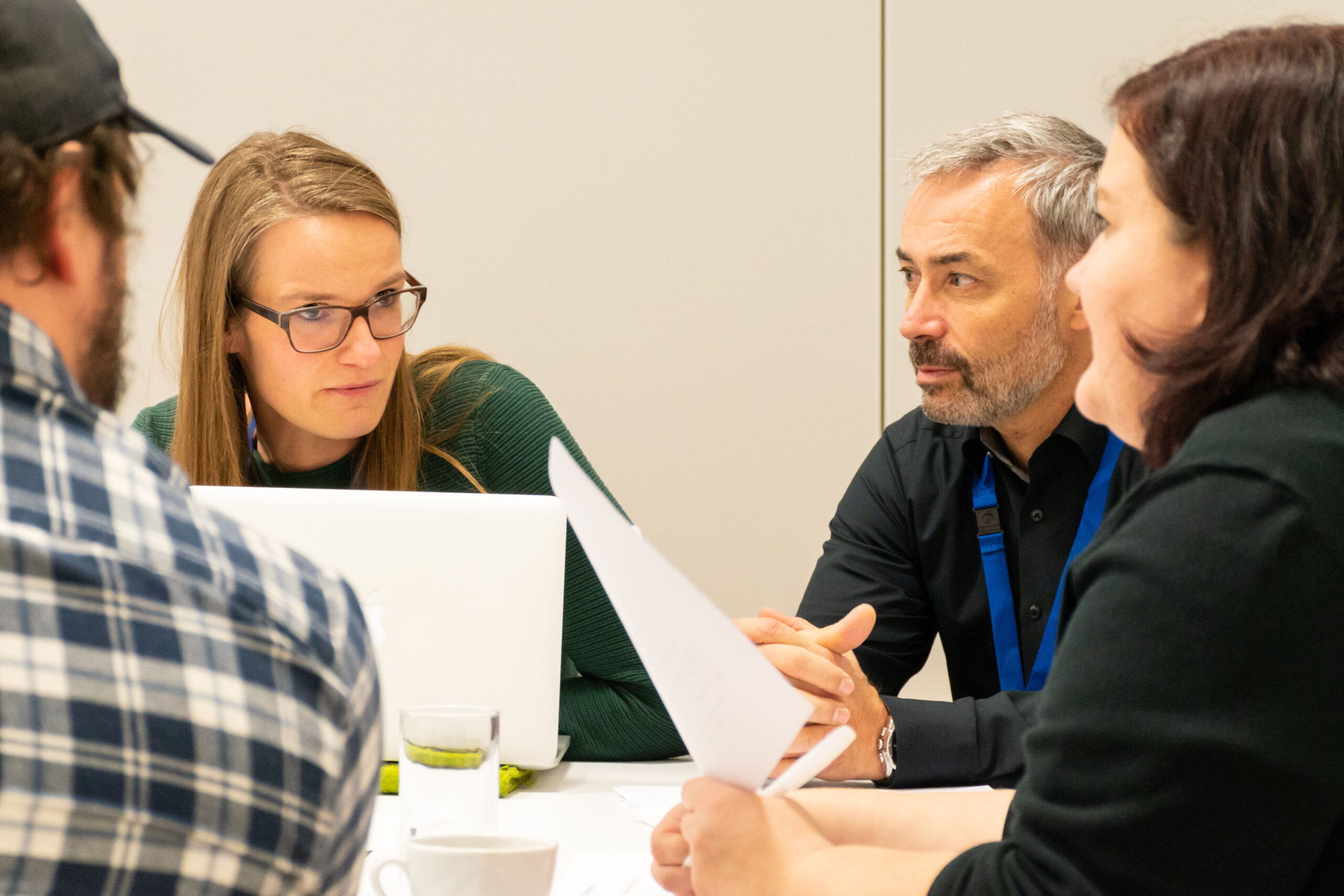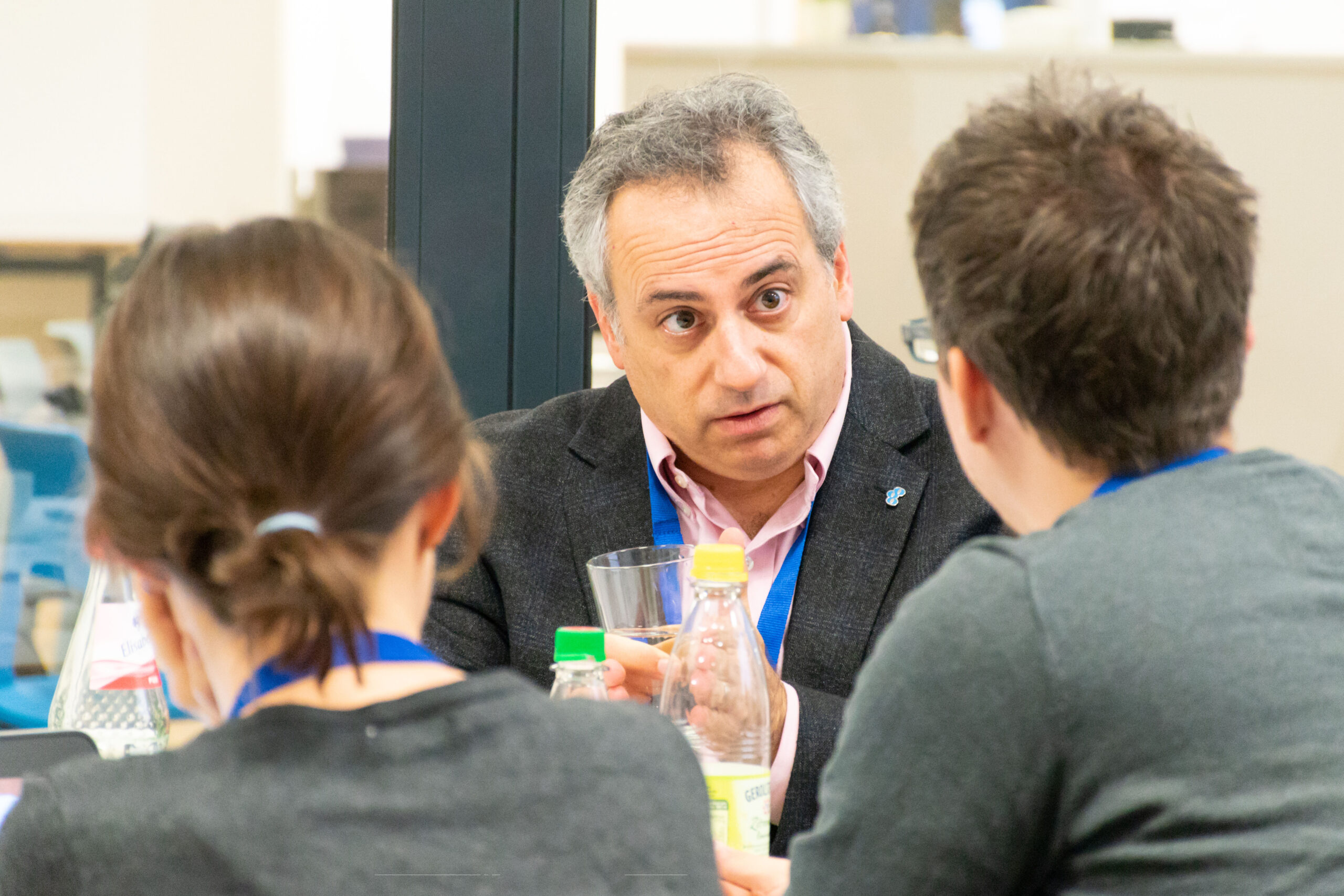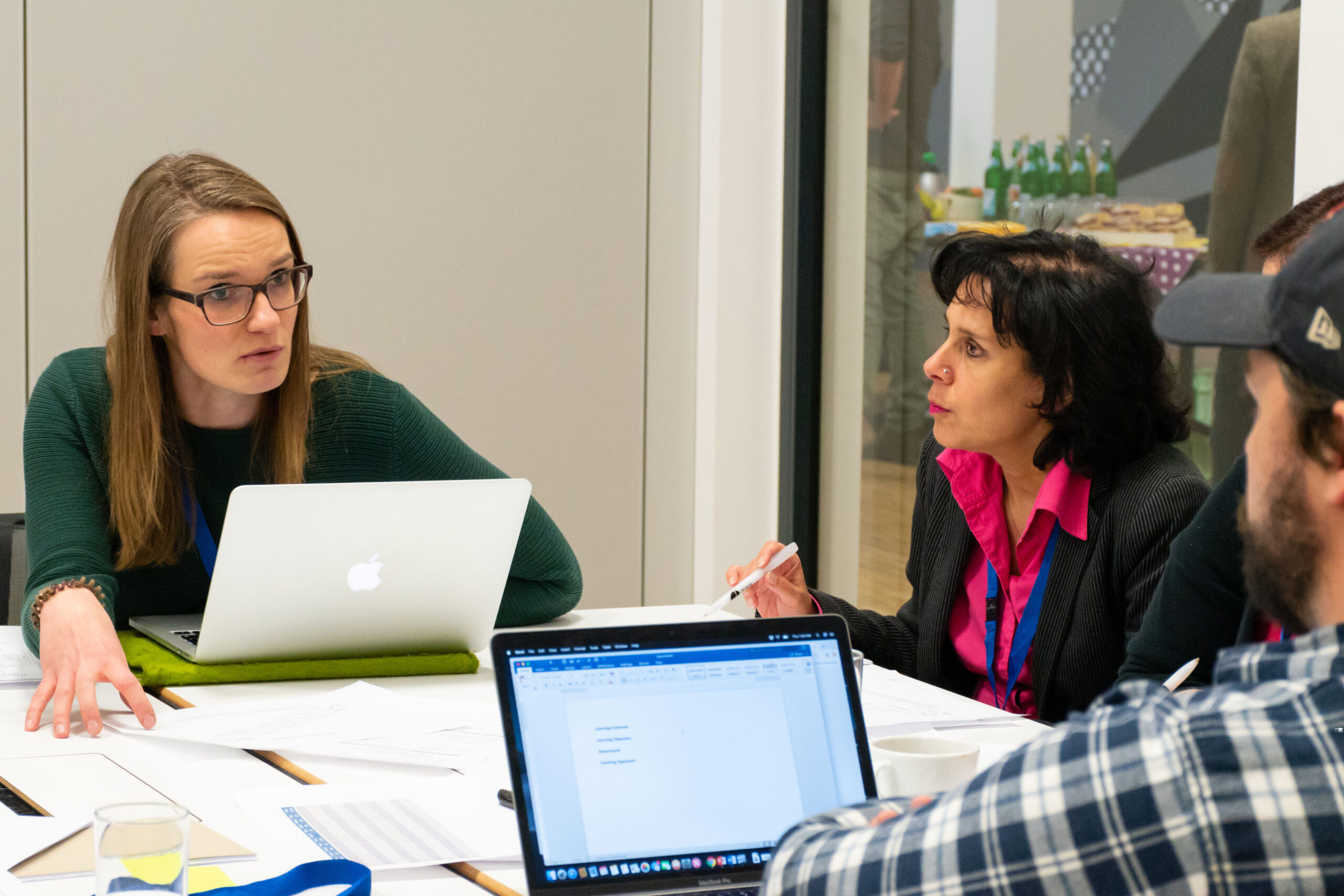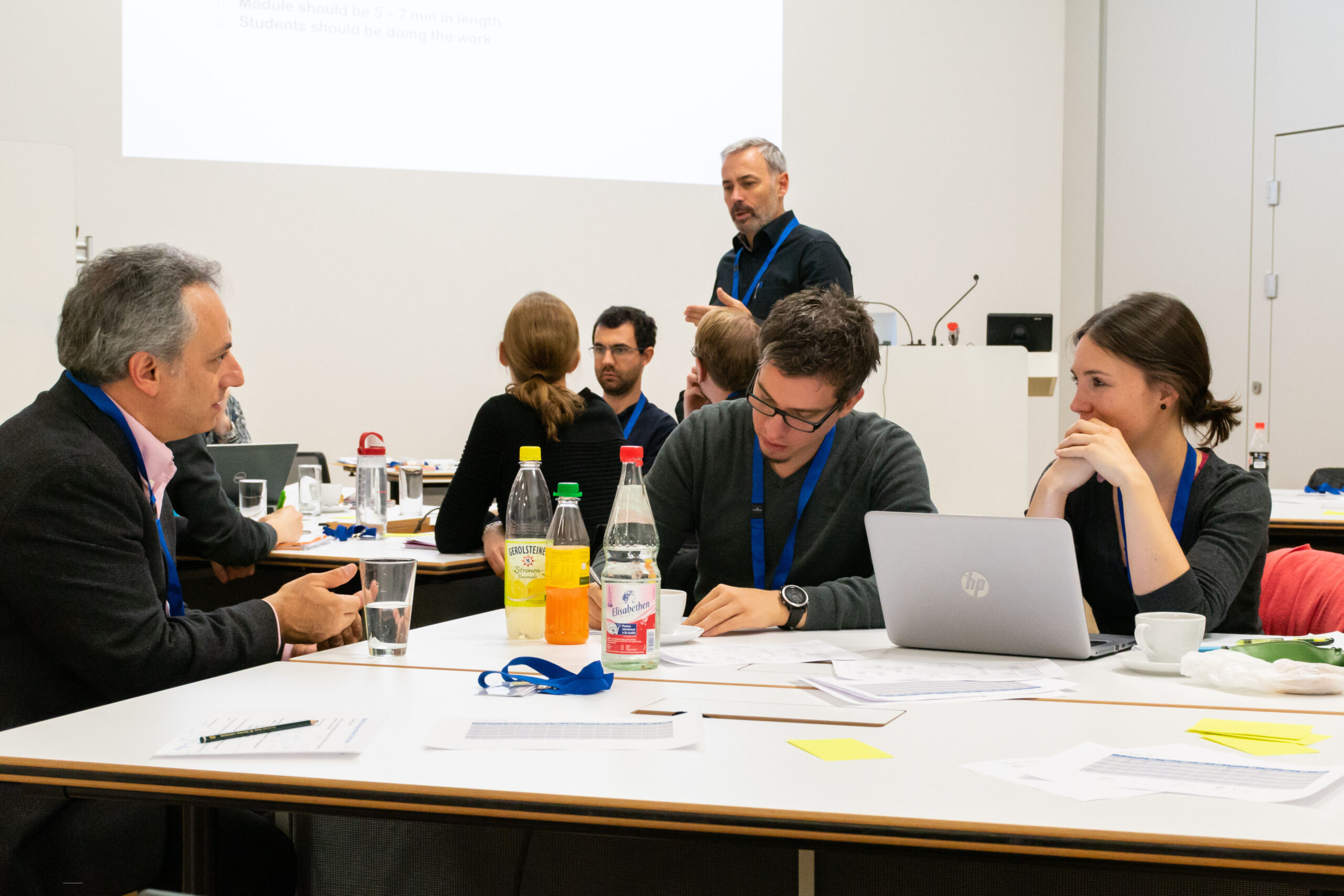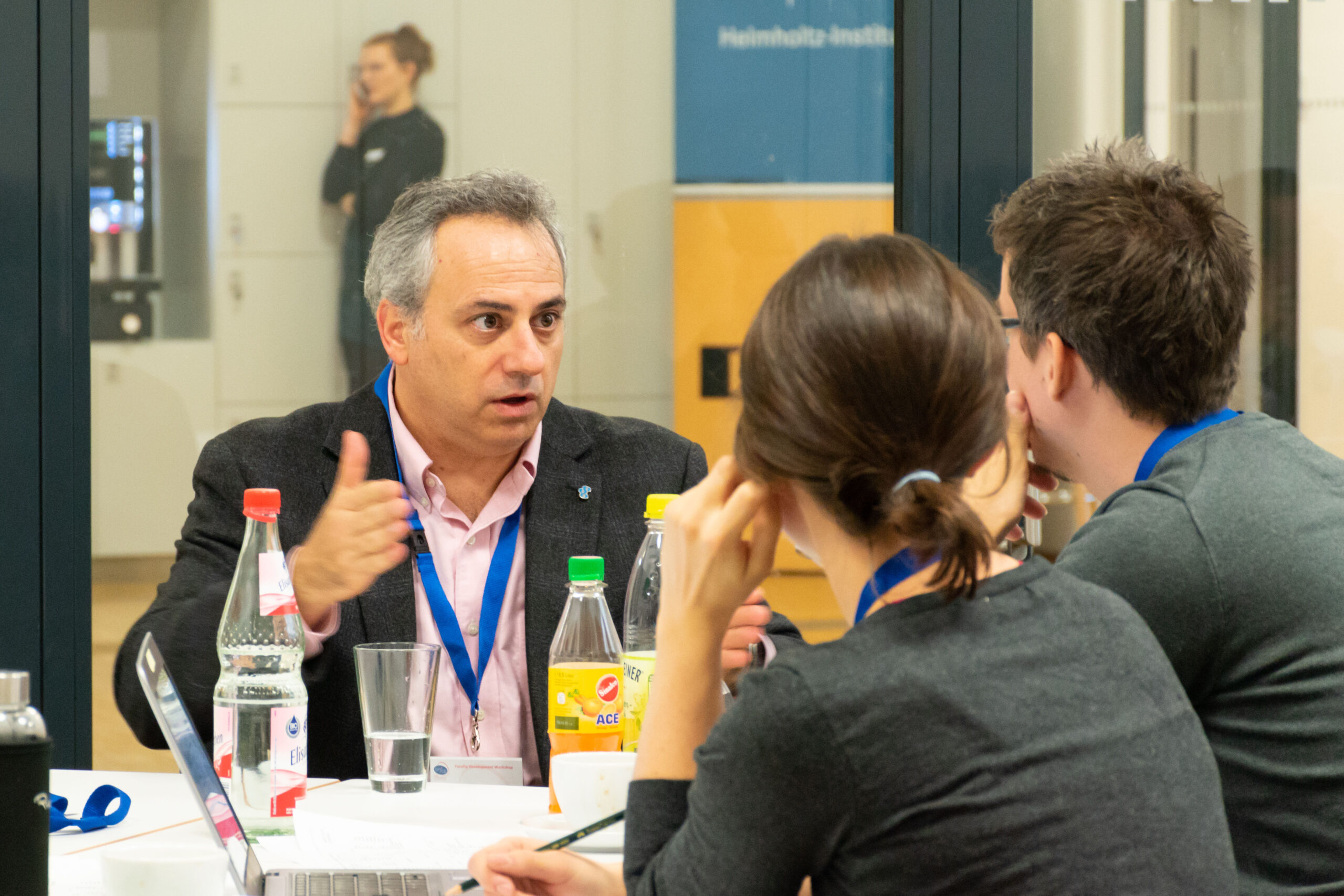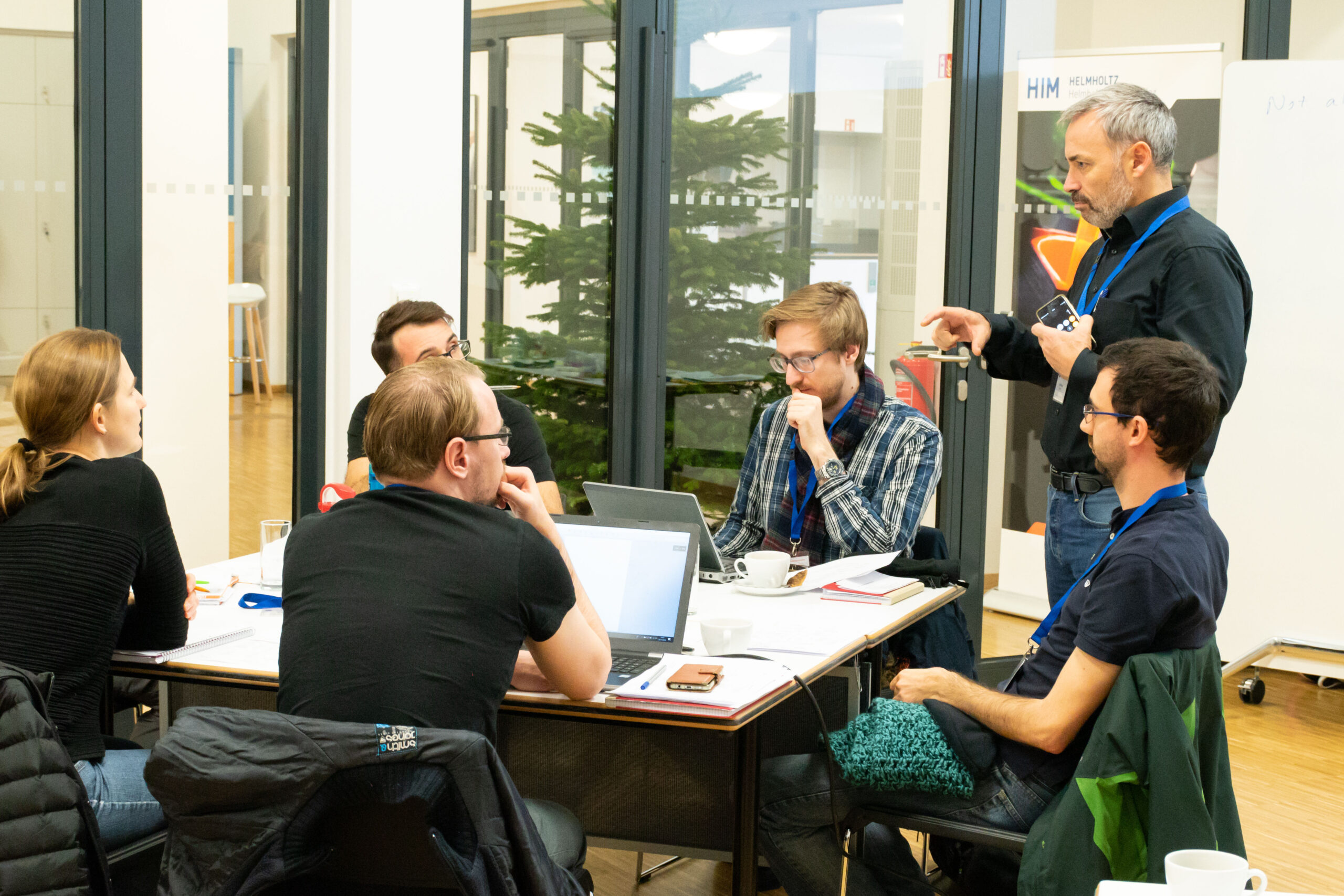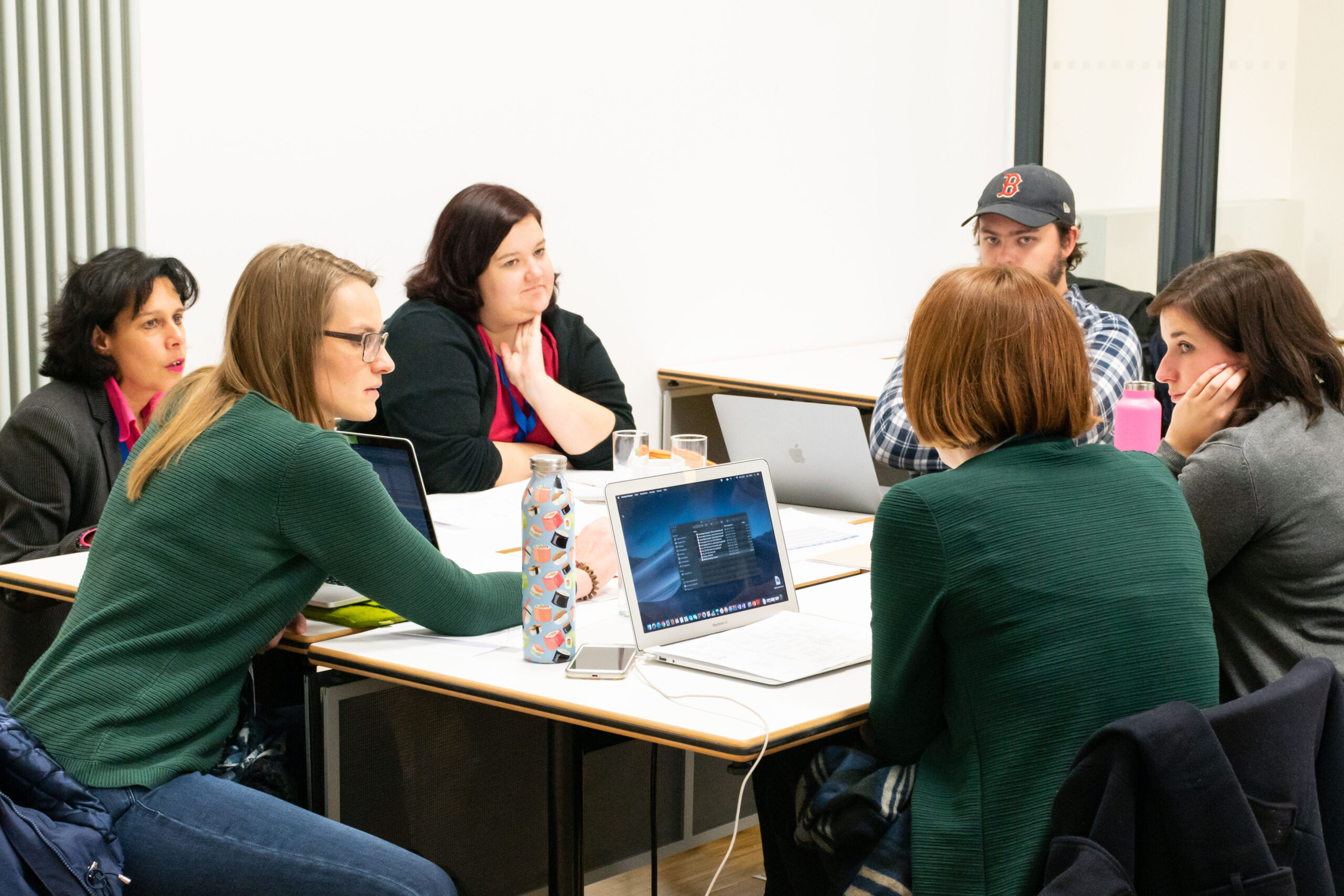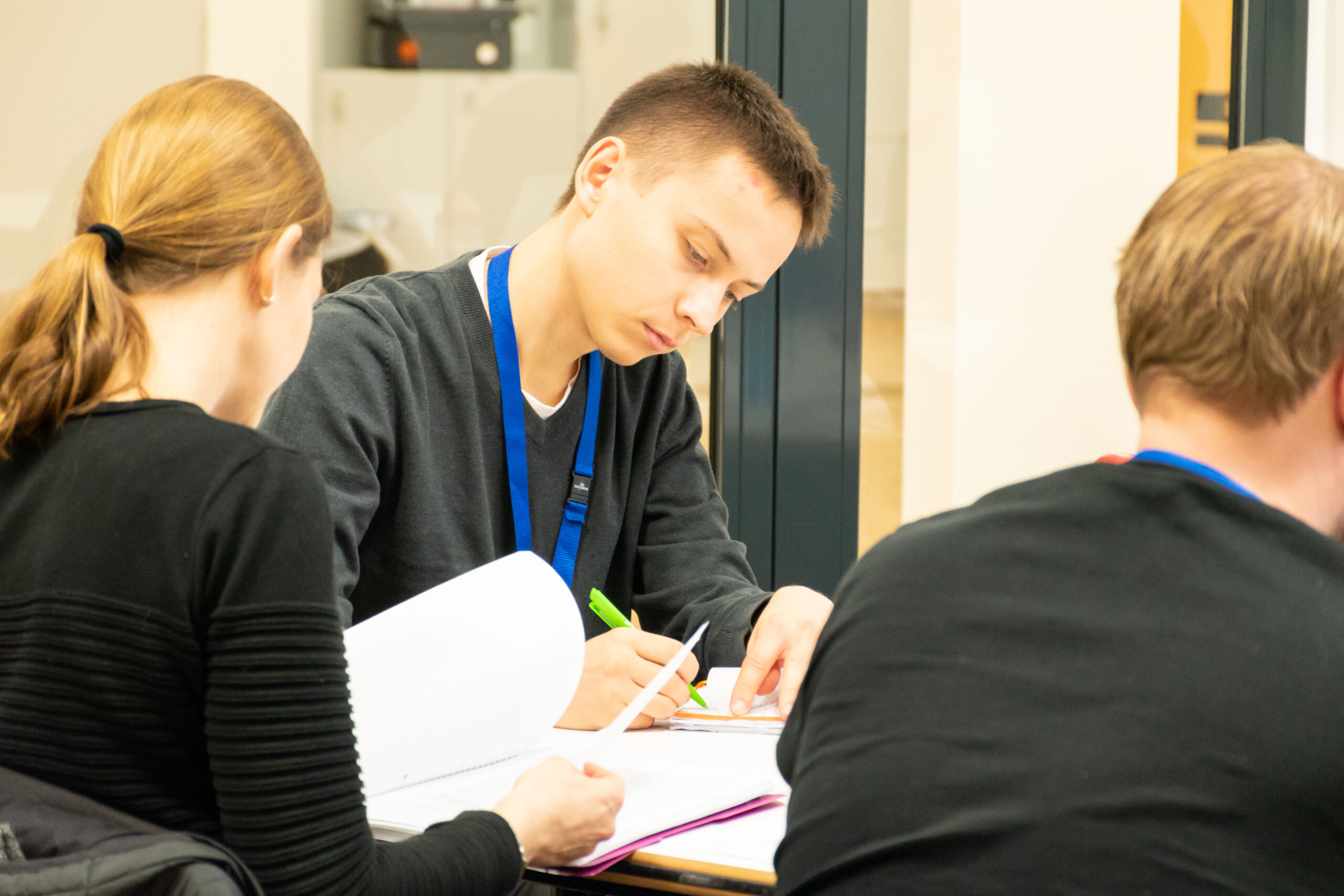Antiferromagnetic Spintronics: from topology to neuromorphic computing
Mainz, Germany: October 7th - 10th 2019
The new field of antiferromagnetic spintronics focuses on making antiferromagnets active elements of spintronic devices. The higher complexity of the ordered phase and parameter space in antiferromagnets have given rise to new avenues of basic research that range from topological quasiparticle dynamic manipulation, multipole order effects, ultra-fast dynamics, and even applications towards neuromorphic computing and IoT.
The new field is of interest to the strongly correlated effects community and the community focused on topological matter. It has connected to the current ferromagnetic spintronics research by creating entirely new ways of rethinking spin phenomena in antiferromagnets, while benefiting from the pioneering works in antiferromagnetic materials.
This workshop focuses on bringing together the antiferromagnetic spintronic field with the strongly correlated matter and topological matter field, as well as the rapidly evolving field of neuromorphic computing and IoT.
As with previous SPICE workshops, tutorials giving an overview of the different areas and talks will be intermixed within the program.
Organizers
Jairo Sinova (JGU)
Tomas Jungwirth (Prague)
Hideo Ohno (Sendai)
Shunsuke Fukami (Sendai)
Invited Speakers
| Ryotaro Arita (Tokyo) Stefano Bonetti (Stockholm) Enrique del Barco (Florida) Claudia Felser (MPI-Dresden) Manfred Fiebig (ETHZ) Shunsuke Fukami (Sendai) Pietro Gambardella (ETHZ) Dazhi Hou (Sendai) Tobias Kampfrath (Berlin) Akashdeep Kamra (Norway) Mathias Kläui (Mainz) Aleksandr Kurenkov (Sendai) Chih-Huang Lai (Taiwan) |
Zhiqi Liu (Beihang) Xavier Marti (Pargue) Markus Meinert (Bielefeld) Takahiro Moriyama (Kyoto) Satoru Nakatsuji (Tokyo) Kamil Olejnik (Prague) Helena Reichlova (TU Dresden) Libor Smejkal (Mainz) Cheng Song (Tsinghua) Peter Wadley (Nottingham) Joerg Wunderlich (Regensburg) Hyunsoo Yang (NUS) Fengyuan Yang (OSU) |


